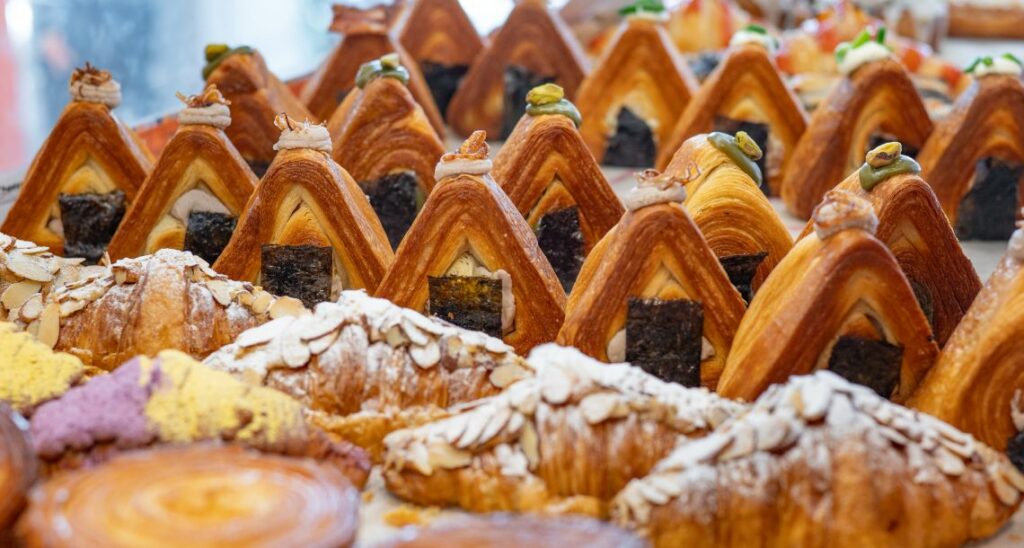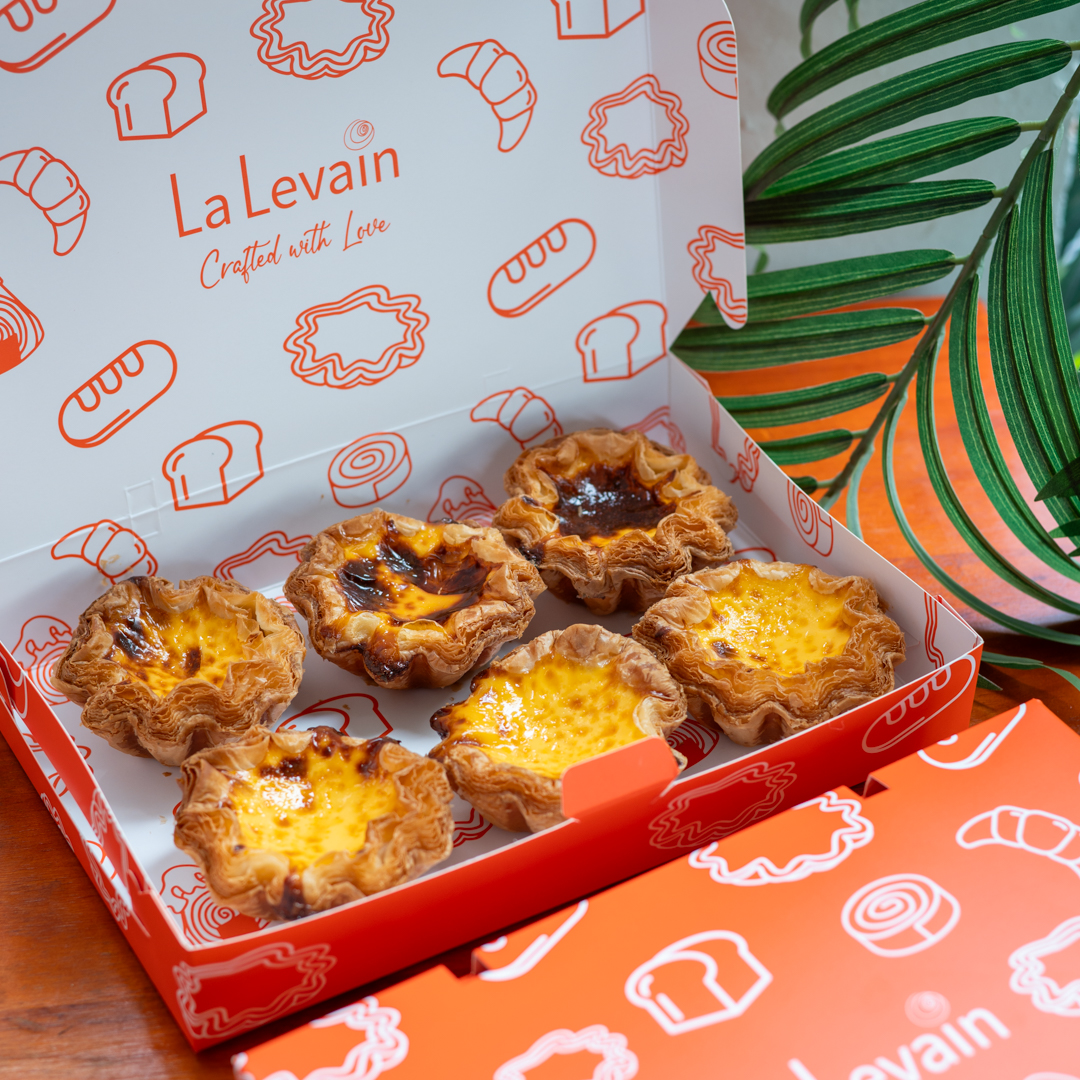
Are you a fan of flaky, buttery goodness?
Then indulge in the delightful world of croissants and viennoiseries!
In this article, we’ll explore the art of achieving flaky perfection in these classic pastries.
From the history of croissants to tips on achieving the perfect texture, we’ve got you covered.
So sit back, relax, and get ready to take your taste buds on a delicious journey.
The History of Croissants and Viennoiseries: Tracing their Origins and Evolution
Butter, Paris, and the history of croissants and viennoiseries are closely intertwined.
These flaky, buttery pastries have a long and fascinating history that is full of interesting storeys and surprising twists.
Over the years, croissants and viennoiseries have undergone many transformations.
Some of the most interesting variations include the burnt cheese croissant, the Bobochacha croissant, and the Lime Meringue Cruffin.
The burnt cheese croissant, for example, is a variation on the classic croissant that originated in Korea.
This pastry is made with a mixture of cheese and butter that is baked until crispy and golden brown.
The Bobochacha croissant, on the other hand, is a more recent innovation that was created by La Levain’s Chef Wythe.
Whether you prefer your croissants sweet or savoury, there is no denying the appeal of these delightful pastries.
The Science Behind Flaky Perfection: Understanding the Role of Ingredients and Techniques
If you’ve ever bitten into a flaky croissant or pastry, you know that it’s an art form.
But did you know that it’s also a science?
The ingredients and techniques used in creating these treats are just as important as the skill of the baker.
One of the most crucial ingredients in achieving flaky perfection is butter, and not just any butter.
High-quality butter with a high fat content is essential to creating the layers that make croissants and viennoiseries so delightful.
The butter is also incorporated using a technique called lamination, where it is folded into the dough repeatedly.
This creates layers of dough and butter, which, when baked, puff up and separate, resulting in the flaky texture we all know and love.
Other factors that contribute to flaky perfection include the flour used and the temperature of the ingredients.
So, if you’re looking to master the art and science of flaky pastry perfection, start with high-quality butter and pay close attention to the lamination process.
The Art of Laminating: Mastering the Technique for Perfect Layers
If you’ve ever bitten into a croissant with its perfectly flaky layers and wondered how it’s made, then you’re in luck.
Mastering the technique of laminating is the key to achieving that perfect flakiness in a croissant.
But what is laminating? It’s the process of folding butter into dough repeatedly to create thin layers that puff up when baked.
It’s a skill that takes time, patience, and practise, but the results are worth it.
To begin, the dough is rolled out into a thin sheet.
Then, a block of butter is placed in the centre of the dough and the edges of the dough are folded over the butter to completely encase it.
The dough is then rolled out and folded in a specific manner, creating a series of layers.
This process is repeated multiple times, each time increasing the number of layers until the desired flakiness is achieved.
Conclusion
In conclusion, croissants and viennoiseries have a rich history and have evolved over time.
The key to achieving their flaky perfection lies in understanding the ingredients and techniques used in their creation.
Laminating is a crucial technique that must be mastered to achieve perfect layers.
While classic flavours and shapes are popular, there is an opportunity to explore innovative flavours and fillings.

